Build-A-Rig Round 1: The $1500 PCs and Interviews from Corsair and Zotac
by Ian Cutress on July 8, 2015 5:15 PM EST- Posted in
- Build-A-Rig
- Corsair
- ZOTAC
- Interview
Corsair's 'The Accelerator'
When Dustin from Corsair sent me his build, it was clearly obvious where the focus was. While $1500 is a relatively large budget for a system, when you put in the high value components it starts to get tricky where the rest of the budget should be spent, and sometimes compromises have to be made. As Dustin says in his interview, the build is designed for 4K single monitor gaming, and it clearly shows.
| Corsair's 'The Accelerator' | |||
| Component | Selection | Price as Chosen |
90-Day Average |
| Processor (CPU) | Intel Core i5-4690K | $239.99 | $237.62 |
| Motherboard | GIGABYTE GA-Z97-HD3 | $89.99 | $97.99 |
| Graphics Cards (GPU) | Zotac GTX 980 Ti | $649.99 | $649.99 |
| Memory (DRAM) | Corsair Vengeance Pro 2x8GB DDR3-1866 C9 |
$104.99 | $118.36 |
| Storage (SSD/HDD) | Corsair Force LS 240 GB SSD | $94.99 | $99.51 |
| Power Supply (PSU) | Corsair CS650M Gold | $94.99 | $94.99 |
| Chassis | Corsair Carbide 200R | $59.99 | $59.99 |
| CPU Cooling | Corsair Hydro H60 | $64.99 | $64.33 |
| Operating System | Windows 8.1 64-bit OEM | $99.99 | $99.99 |
| Extras | None | ||
| Total | $1,499.91 | $1,522.77 | |
Processor (CPU) – Intel Core i5-4690K ($240)
In Intel’s processor line, the K branded models are those designed for overclocking. They cost a little bit extra, but with the right cooling can be pushed a few hundred MHz higher. The Core i5-4690K is the Devil’s Canyon quad core model without hyperthreading (the i7 has HT, but costs extra), but I often chosen as the processor that fits on the price/performance boundary for many Intel focused builds.
Motherboard – GIGABYTE GA-Z97-HD3 ($90, total so far $330)
The Z97-HD3 comprises of two factors here. The Z97 is the overclocking chipset, meaning that it fits in well with the overclocking processor. The HD3 is part of GIGABYTE’s channel range, aimed at bulk build systems but still aims to retain GIGABYTE’s level of options (such as Dual BIOS and Realtek ALC1150 audio) at a lower price point. Looking at the build as a whole, it is clear that this is an area where cost was perhaps saved in order to get the price down, otherwise one of GIGABYTE’s OC models might have been on the cards.
Graphics Cards – Zotac GTX 980 Ti ($650, total so far $980)
At almost half the cost of the whole machine, Dustin from Corsair has plumped straight for NVIDIA’s recently released high end performer aimed at 4K gaming. In an element of camaraderie, here we have Zotac’s base version of the card but it represents the core element of the system. Matched with an overclocked i5 and all in for a $1500 price point is perhaps a level of epic specification prodding, although only if the rest of the system can withstand it. The Zotac GTX 980 Ti sits with 2816 CUDA Cores on large Maxwell at 1000/1076 MHz on the core, 6GB of GDDR5 at 7010 (effective) MHz and the stock cooler.
Memory – Corsair Vengeance Pro 16GB (2x8GB) DDR3-1866 ($105, total so far $1085)
For a dual channel platform, Z97 needs at least two memory modules to achieve full memory bandwidth. The dual channel kit here is not the best and brightest, but it does represent a small increase over the base speed (1600 MHz) and for 99% of users, the 16GB amount should be more than enough.
Storage – Corsair Force LS 240GB ($95, total so far $1180)
The sole drive in the system is Corsair’s 240GB budget range drive, featuring the Phison PS3108 controller which Kristian reviewed here. In most cases, especially in 2015, one of the biggest upgrades a system could have is an SSD. Now we are over the initial entry period where some early models had performance issues, almost everything from the big brands should feel speedy. There is still a performance delta between the mid-range and the high-end, as well as some differentiation in utilities or specific features, but for a $1500 build, the SSD should still be a de-facto add.
Power Supply – Corsair CSM Series 650W CS650M 80PLUS Gold ($95, total so far $1275)
In most systems the big power sources are the CPU and the graphics card. For this build, the CPU sits at a TDP of 88W with the GPU at 250W. If we consider that the rest of the system adds on a small amount (~50W), and that we might use some extra power with an overclock (+25%), then 650W is well within the margin for the components used. As we’ll see in the interview in the next page, Corsair is very confident in their power supplies, even ones sitting in the mid-range of their product lines, to power 4K gaming builds.
Chassis – Corsair Carbide Series 200R ($60, total so far $1335)
You may be noticing a pattern here – in order to fit both the i5 and the GTX 980 Ti into the system, Corsair is having to use their entry and mid-range components in order to match the pricing. The 200R here is admittedly a low margin but higher volume product for Corsair, and at $60 we don’t see any aluminium for example. However, Corsair still retains that even their entry level components are suitable for gaming builds of this caliber.
CPU Cooling – Corsair Hydro Series H60 ($65, total so far $1400)
With CPU cooling there is obviously two ways where most companies will go: large air coolers or closed loop liquid coolers (CLLCs). There are a number of vocal detractors from CLLCs, focusing on their cost, design or even concept altogether. Corsair is head first into the CLLC market, meaning it was pretty obvious which direction they would choose. The H60 is another mid-range component, featuring a double-width 12cm single radiator with fans.
Operating System – Microsoft Windows 8.1 64-bit OEM ($100, total so far $1500)
Windows 10 is around the corner, so at this point Windows 8.1 is the defacto choice unless for some reason the builder went with a gaming system built on Linux. This is the OEM edition, meaning limited support, but it will still be viable for an upgrade to Windows 10 when the time comes.
| Corsair's 'The Accelerator' | |||
| Component | Selection | Price as Chosen |
90-Day Average |
| Processor (CPU) | Intel Core i5-4690K | $239.99 | $237.62 |
| Motherboard | GIGABYTE GA-Z97-HD3 | $89.99 | $97.99 |
| Graphics Cards (GPU) | Zotac GTX 980 Ti | $649.99 | $649.99 |
| Memory (DRAM) | Corsair Vengeance Pro 2x8GB DDR3-1866 C9 |
$104.99 | $118.36 |
| Storage (SSD/HDD) | Corsair Force LS 240 GB SSD | $94.99 | $99.51 |
| Power Supply (PSU) | Corsair CS650M Gold | $94.99 | $94.99 |
| Chassis | Corsair Carbide 200R | $59.99 | $59.99 |
| CPU Cooling | Corsair Hydro H60 | $64.99 | $64.33 |
| Operating System | Windows 8.1 64-bit OEM | $99.99 | $99.99 |
| Extras | None | ||
| Total | $1,499.91 | $1,522.77 | |
There are many philosophies regarding building a PC, particularly a gaming PC. Some say that focusing on one high profile component and building the system around it means that when it comes time for an upgrade the user can then spend on the lowest performing part each time before cycling around the system. Others suggest making the system a level playing field, so no one part is left behind acting as a severe bottleneck. With gaming, GPU performance matters, with CPU performance (particularly threads in newer titles) being a key aspect as well. This has perhaps left the rest of the system fighting over scraps, albeit with potential upgrade opportunities in the future. Though one might argue that aesthetics should also be an important aspect, especially on a $1500 build. Some will prefer the muted choice of parts, although others may want something a little more obvious. For that, it is clear that some performance sacrifices might have to be made.


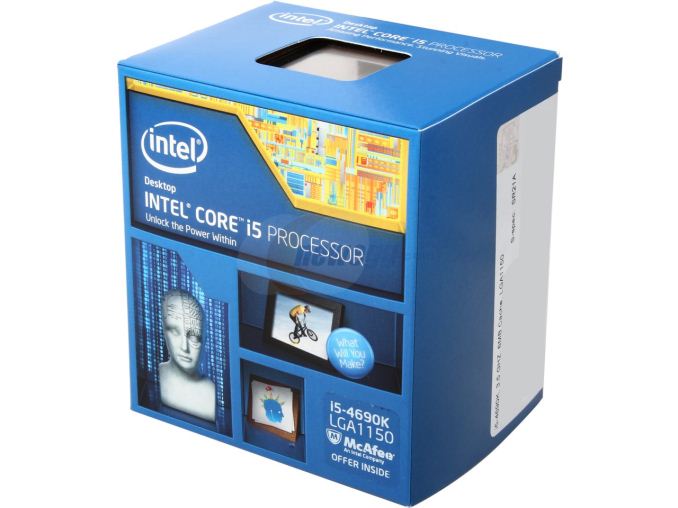
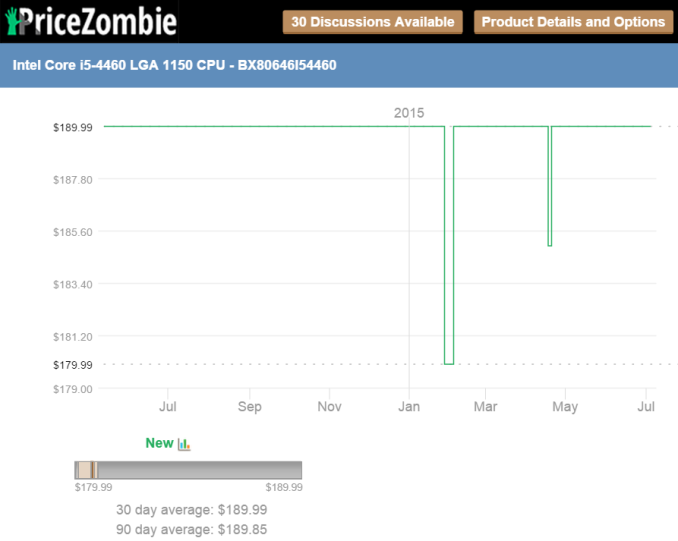
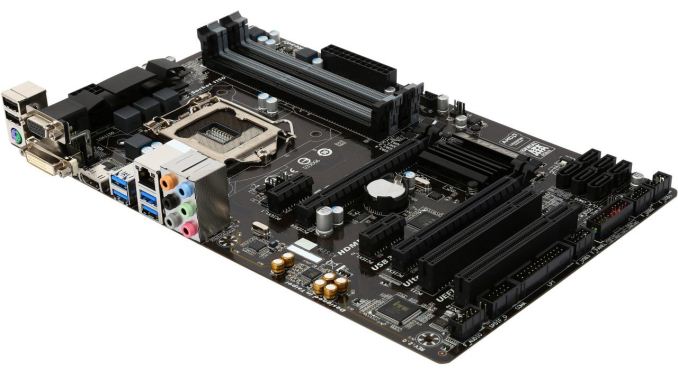
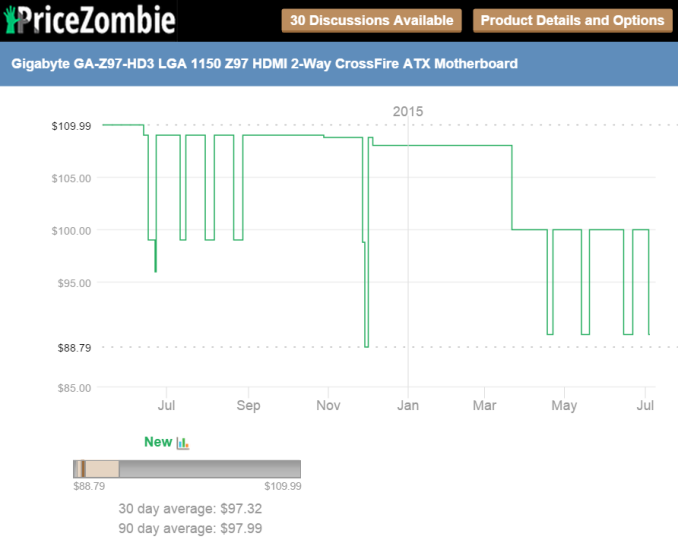
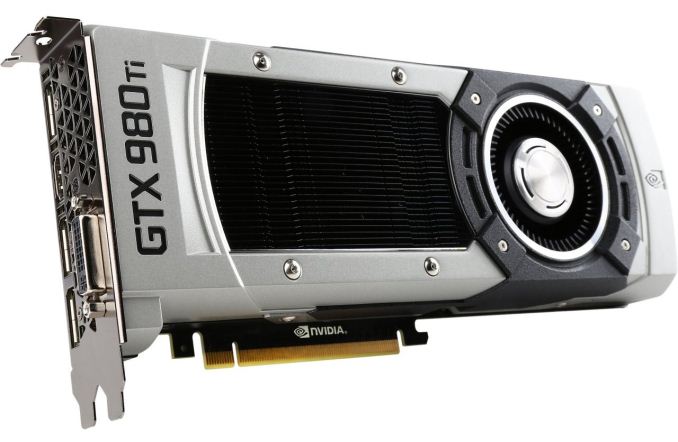
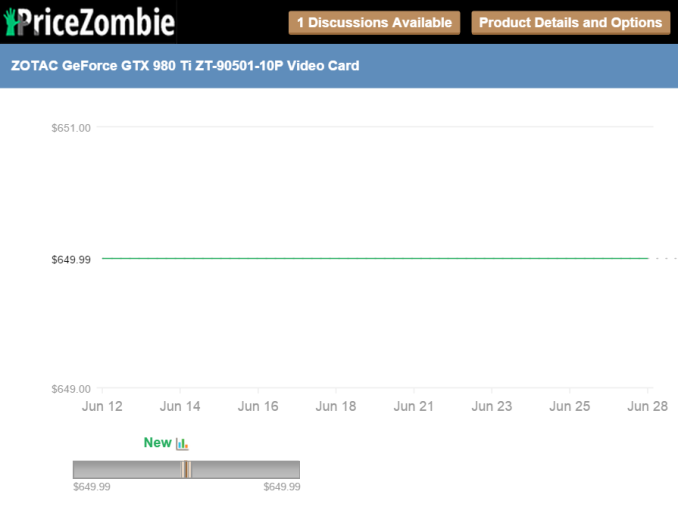
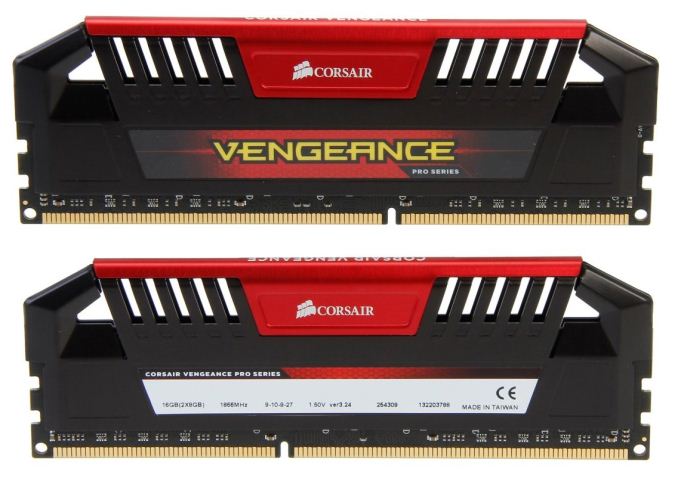

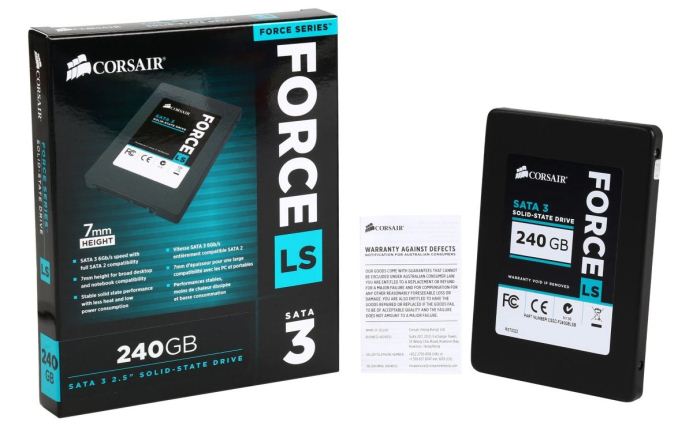
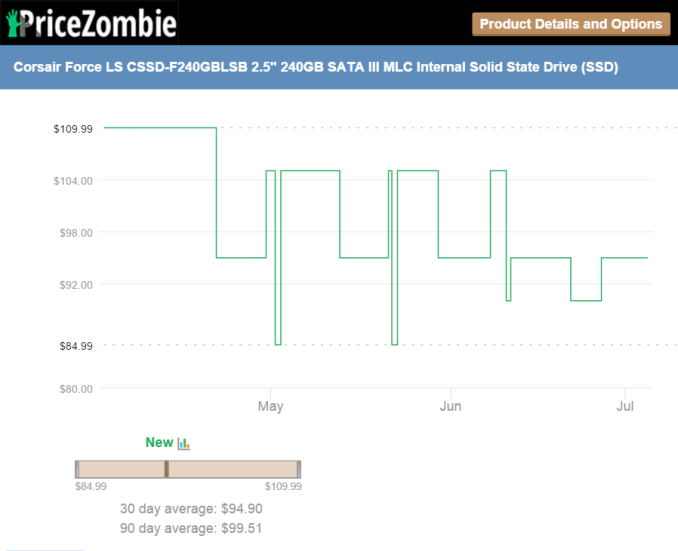


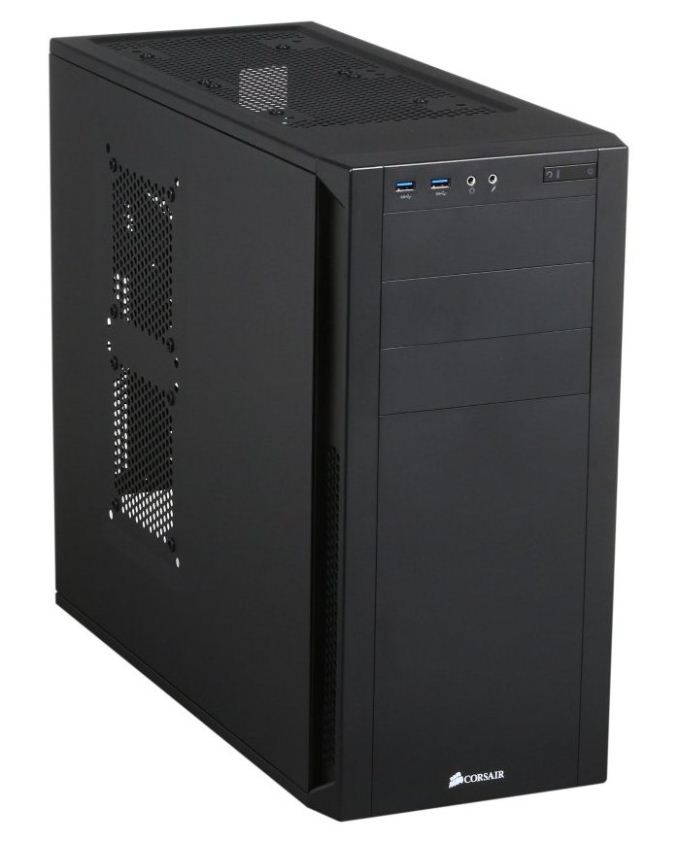
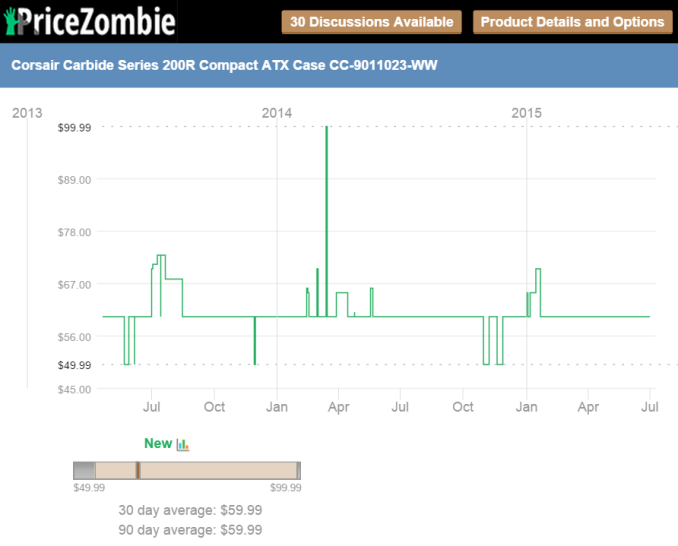
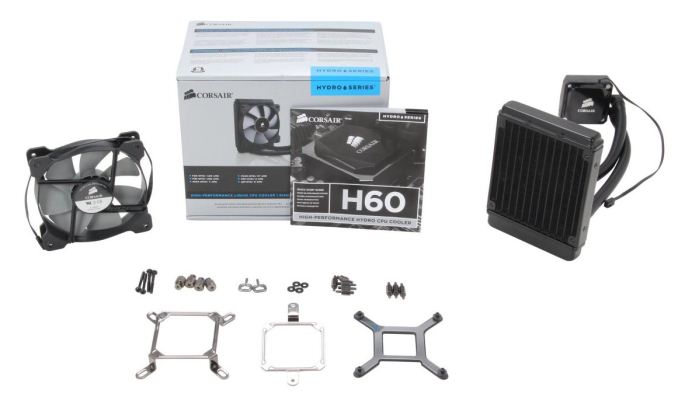
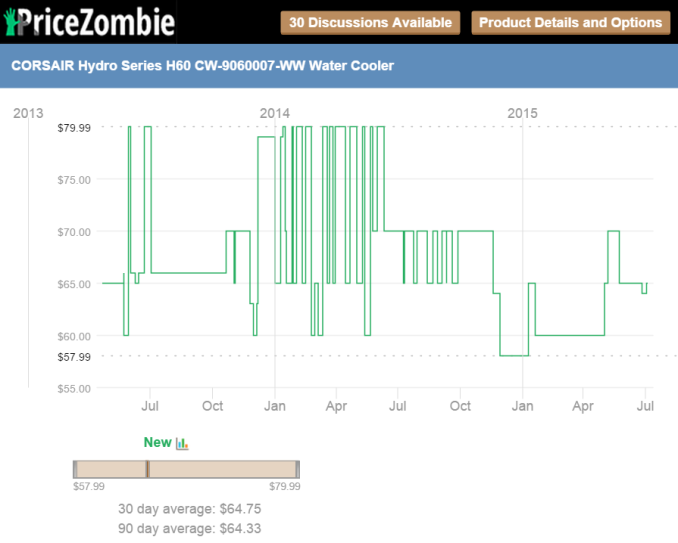
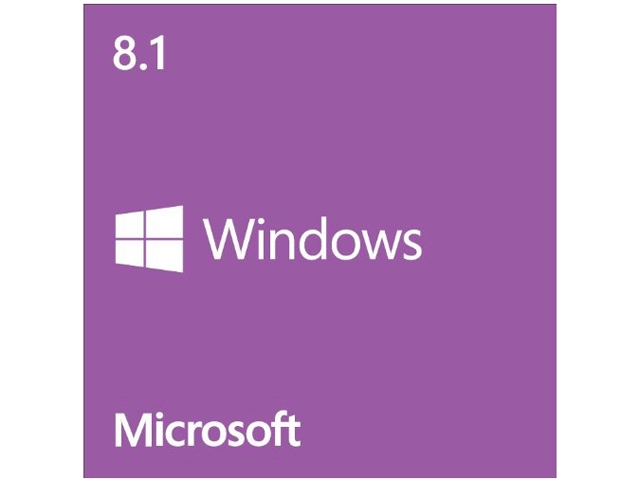
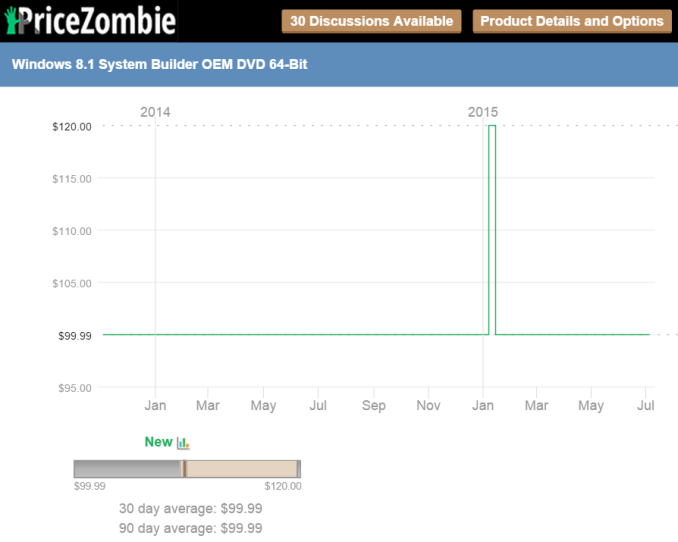














117 Comments
View All Comments
fokka - Thursday, July 9, 2015 - link
ok, first off, i'm not surprised that dustin's rig comes out ahead, what's surprising though is how far ahead it comes out.squeezing a 980ti into the budget is a great start and i think he's right saying a 1500$ single screen rig should be able to run a 4k resolution. even with throwing almost half the budget on a single component he still manages to include a great CPU, tons of storage, while not really skimping on the rest of the components.
compared to that, the zotac build is almost a joke. a gtx 970 in a 1500 rig seems almost aneamic next to dustin's 980ti and they manage to significantly downgrade the CPU and RAM as well, without saving more than a just couple bucks. but somehow this non-overclocked CPU has to be expensiveley water cooled with a 240mm radiator...
it's also funny how dustin manages to drive a 980ti and an overclocked 5690k with a 650w PSU, while the zotac build throws in an oversized and overprized 750w PSU for a much lesser build.
reading the interview it starts to make a bit more sense, with the zotac marketing guys "not really being gamers" and using tablets and iphones for their everyday stuff.
thinking about it i can still only shake my head looking at the zotac build and unless dustin's rig catches fire, i think we already know the winner of this round.
Dustin Sklavos - Thursday, July 9, 2015 - link
I wouldn't knock Chinny and Buu's rig, they made decisions that went in a different direction than mine but are no less valid.They focused less on absolute performance and more on overall experience. They wanted something that looked great and would run quietly, and I guarantee you their build is quieter than mine. The H100i seems a bit like overkill, but those fans will *never* have to spin up. Likewise, overspeccing on the PSU isn't necessarily a bad thing as again, that PSU's fan will almost never have to spin up.
I also have to give them props for thinking to include a way to actually *install* their copy of Windows, which I missed. ;)
leopard_jumps - Thursday, July 9, 2015 - link
i5 4460 is absolutely unacceptable for $1500 . The second rig in the article is not balanced at all .leopard_jumps - Thursday, July 9, 2015 - link
i5 4460 is absolutely unacceptable for $1500 rig . The second rig in the article is not balanced at all .AssBall - Thursday, July 9, 2015 - link
The Zotac rig is a nice build. Those extra's really sharpen it up, and a 500gb drive is a good choice. That being said, I do like Corsair's CPU cooler and will be looking into that Carbide 200 for my next build.Great write up and fun article, Anandtech. Looking forward to more of these in the future.
PolarisOrbit - Thursday, July 9, 2015 - link
This looks interesting, I hope to see a bunch of different perspectives on computer builds with different companies representing each build. One thing I don't like about other site build-a-thons is the tendency for the competitors to make unrealistic builds since the winners are based purely on performance. A system where $1000 was spent on GPUs and only $80 storage may benchmark well, but it's completely impractical. Things that don't have good benchmark measures still have practical value to consumers (like the space savings of ITX compared to EATX), and I will be interested to see how Anandtech accounts such things in the competition.echoe - Thursday, July 9, 2015 - link
As most people are saying, Dustin's system is way more performant. If I were to go for a 970 I'd probably try to get a 5820k in there, something like this:http://pcpartpicker.com/p/jbGDsY
I don't really like the looks of Chinny's system either, though the lower noise is attractive.
BrokenCrayons - Thursday, July 9, 2015 - link
I personally prefer Chinny's build as a more balanced approach that acknowledges acoustics and cabling, but I admit it's a very tough choice and Dustin's specs are appealing from a performance perspective. For me, it's a wash on CPUs since overclocking doesn't matter at all to me and I think either processor is enough for any modern games. 8GB of RAM is something of a liability that will loom larger in the near future and I admit that I think 16GB is a wiser choice. The GPU is important, but I can't see 4k gaming actually adding value. It strikes me as resolution for the sake of resolution so I wouldn't consider the GPU difference very relevant. What ends up making the decision for me is storage. A 500GB SSD is a ton more useful when games regularly require well over 50GB. I'd rather have to keep the resolution down a little than juggle titles or purchase a some sort of additional storage right away.Impulses - Tuesday, July 14, 2015 - link
Dustin's system needs a HDD... But I'm baffled by the sudden notion that all games *must* be installed on NAND flash... (not to pick in your post in particular)There's games where load times don't even change dramatically because the bottleneck is at the CPU/GPU unpacking compressed stuff, and even if that isn't the case, I'd probably put just about everything else over load times (aesthetics, noise, fps, etc) if that's the last thing to get cut on a budget.
That being said, I'm about to replace my 2x128GB SSD for a 1TB (possibly two later) so I can move everything I use with any frequency to flash. :p
Die HDDs die! I just don't think it'd be my priority over most other things, specially since it's one of the easier things to address down the road AND one area where prices are highly volatile. Case in point, the 500GB 850 EVO currently floating over $160...
I'd expect more price drops with everyone else getting into TLC/3D NAND and PCI-E/M2 drives taking over the premium sector.
Wraithtek - Thursday, July 9, 2015 - link
Here's what I came up with: http://pcpartpicker.com/p/R6LnBmIn short: An i5-4690k + GTX 970 system with 500GB SSD + 1TB 7200RPM HDD and quiet air cooling. Threw in a blu-ray drive and spare 140mm fan. $1501.70 (before $15 shipping). A nice all around system with a bit more storage space.